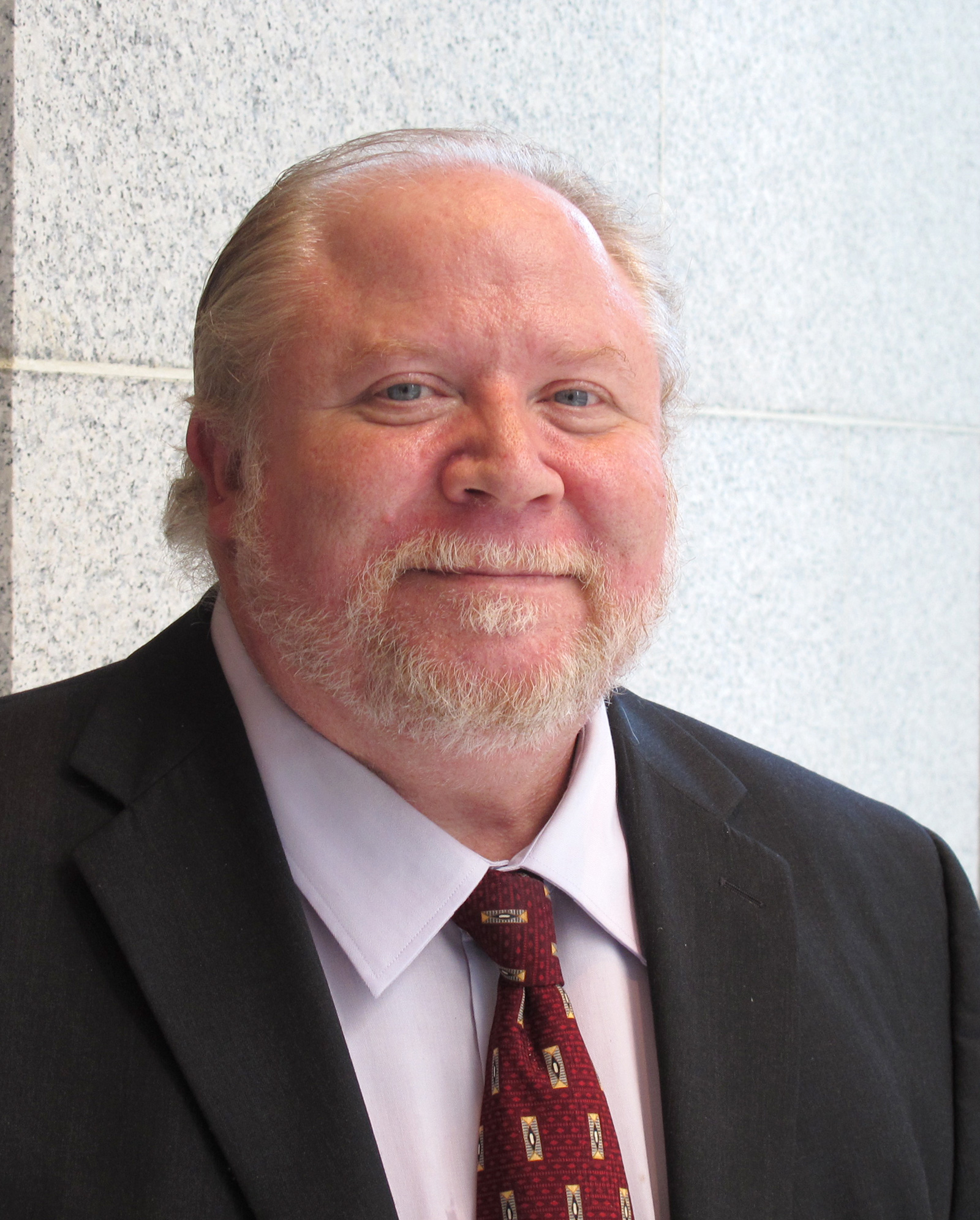ASU Cronkite professor: Mistakes don't equal fake news
Innovation Chief Eric Newton on the danger of fake news and the need for the public to become more news literate
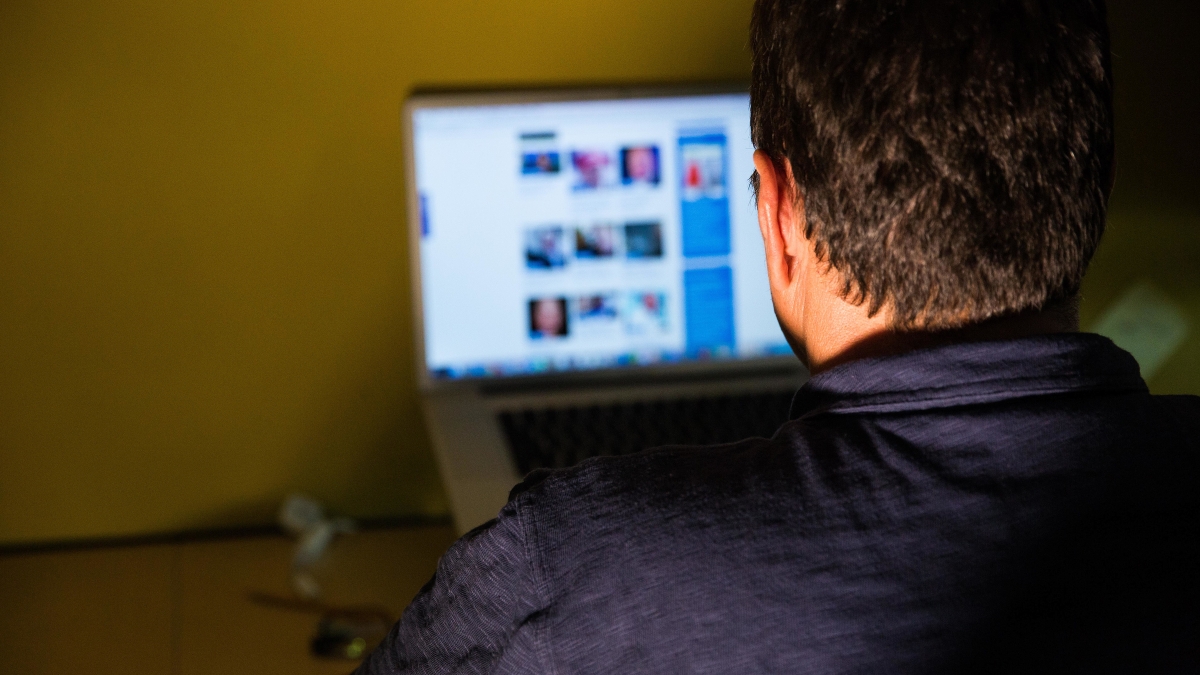
“The intel on this wasn’t 100 percent,” said the 28-year-old gunman days after he fired an assault rifle inside a Washington, D.C., pizzeria because he believed the eatery was enslaving children.
The intel he was referring to was actually a hoax caused by a fake news item, and the December 2016 incident is now known as “Pizzagate.”
That scenario is an example of what could go wrong when people are given false or misleading information. In June, several sites claimed that 87-year-old actor and filmmaker Clint Eastwood died in his Brentwood, California home. Around the same time, Twitter was set ablaze when it was reported that NBA superstar Kawhi Leonard of the San Antonio Spurs cut off his trademark braids, which he has had since 2011. Facebook's Mark Zuckerberg recently vowed to aggressively deal with fake news on his platform, which has an estimated 2 billion users.
Getting taken in by fake news may sound harmless to some, but it can fuel nationwide conspiracies and promote hateful propaganda, and it has the potential to affect outcomes in key global elections.
Here’s the thing about reading a fake news item, according to Eric Newton, professor of practice at Arizona State University: Slow down and use your common sense to discern what’s fact and what’s fiction.
“Consume news from more than one source. … If a story is outrageous, amazing or unbelievable, take a minute to confirm it,” said Newton, who is also the innovation chief at ASU's Walter Cronkite School of Journalism and Mass Communication. “If you can’t find a legacy news source to confirm a story, be suspicious.”
ASU News spoke to Newton about the history of fake news, its emergence in the digital age and why it’s a threat to our democracy.
Eric Newton
Question: What is your definition of “fake news”?
Answer: Journalists worldwide depend on the Associated Press stylebook. The AP says: “the term 'fake news' may be used as shorthand for deliberate falsehoods masked as news circulating on the internet.” Note the phrase “deliberate falsehoods.” People who produce fake news know it is untrue. They are trying to create mass delusions to make money or otherwise influence our decisions. Fake news is counterfeit, a fraud, a forgery, a hoax, specious, a sham. Fake news succeeds to the extent that it deceives. It’s deplorable.
Mainstream professional journalism is not “fake news.” Even when journalists get things wrong, you shouldn’t call their mistakes “fake news.” Sloppy journalism, maybe. Professional journalists have no intent to deceive. They are trying to get it right. They correct their mistakes.
Saying mainstream media produces fake news is like saying a person who makes a mistake is the same as a zombie. Journalism is imperfect. Even good journalists sometimes shoot themselves in the foot — but most of their self-inflicted wounds are tiny. Fake news, on the other hand, is like a zombie: It wants to eat your brain. People should be able to tell the difference between a paper cut and a monster.
Q: When did fake news begin to emerge, and what has happened to it in the digital age?
A: Fake news has been around as long as news itself. Whenever a new form of media rises, the hoaxers join in. We really don’t know when the first fake news story happened. Perhaps it was around an ancient campfire, when an early Homo sapien realized he could get everyone to run and hide — and therefore have the best food to himself — by jumping up and pretending a tiger was coming.
A famous example of a daily newspaper hoax came in 1835, when the New York Sun printed a series of stories hailing the discovery of life on the moon. The Sun printed a drawing of humanoid creatures with bat-like wings. When real astronomers said it was fake, the paper congratulated itself for fooling everyone. That was a long time before journalism ethics.
Today, through the internet, search engines and social media, fake news can spread around the world in seconds. Anyone can create it. Everyone can share it. Journalists by themselves can’t stop it. In the 21st century, we need new forms of literacy — digital literacy, media literacy, news literacy and civics literacy — to fight back.
Q: What in your opinion is dangerous about fake news?
A: Democracies use common sets of facts to solve problems. Fake news puts toxic facts into our heads. When we let that happen, all sorts of things go wrong. You might drink water you shouldn’t, or not vaccinate your child when you should, or even run into a pizza parlor with a rifle to break up a child sex ring that doesn’t exist. That’s just the start.
Without facts, the worst evils become possible: wars, famines, disease, you name it. When autocrats control the media of their countries and can saturate their nations with fake news, these dictators can commit all manner of atrocities. When an entire society operates under a delusion, millions of people can die.
Q: What’s a quick and easy gauge for the public to use when deciphering what’s a legitimate news source and what’s not?
A: Consume news from more than one source. Use common sense. If a story is outrageous, amazing or unbelievable, take a minute to confirm it. If you can’t find a legacy news source to confirm a story, be suspicious. If a fact-checking organization has debunked a story, don’t share it. If the story doesn’t link to original source material, watch out.
A simple search often can expose fake news sources. But most of all, slow down. Fake news spreads fastest when people share it immediately, without reading it or without thinking.
Q: How can the public become more news literate in the future?
A: I’ve already covered why hoaxers aren’t the same as honest journalists. But I’m glad you asked about news literacy. We all can do more to spread it: educators, technologists, journalists and everyone. News literacy should be universal, part of every teacher’s classroom. Technology companies can better deal with content that is undeniably false. Journalists can be more transparent, showing their sources, and more engaged with the communities they serve. Everyone can look at their media diets and learn how to stop sharing fake news.
We hold in the palms of our hands the most powerful personal communications devices ever invented. They can unlock facts or unleash fictions. Be honest: Do you really know how to use your smartphone? The speed and power of technology has made more urgent some long-standing questions.Here’s one example: Frustrated by the partisan press, Thomas Jefferson once wrote that “the real extent of the state of misinformation” is understood only by people who can use “facts within their knowledge” to confront “the lies of the day.”
News literacy is teaching everyone how to find, understand, use and even create news that helps people better run their governments and their lives. It hopes to turn everyone into people who can understand the extent of the state of misinformation. Why? Because our system is based on the idea that truth can drive out falsehood, that voters can make informed decisions.
Until we have a news-savvy nation, we’ll never be all we can be.
Top photo by Deanna Dent/ASU Now
More Law, journalism and politics
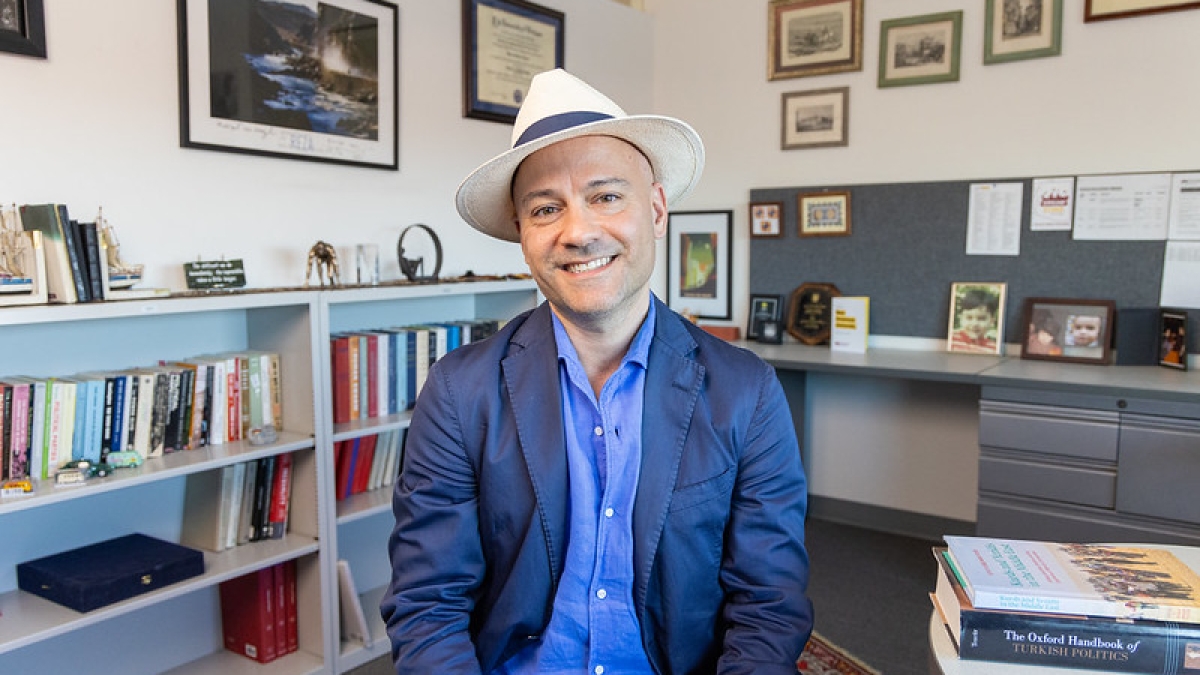
School of Politics and Global Studies director's new book explores mass violence
Why do people commit atrocities and why are certain groups, including religious and ethnic, more vulnerable to large-scale violence? These questions are explored in a new book by Güneş Murat Tezcür…
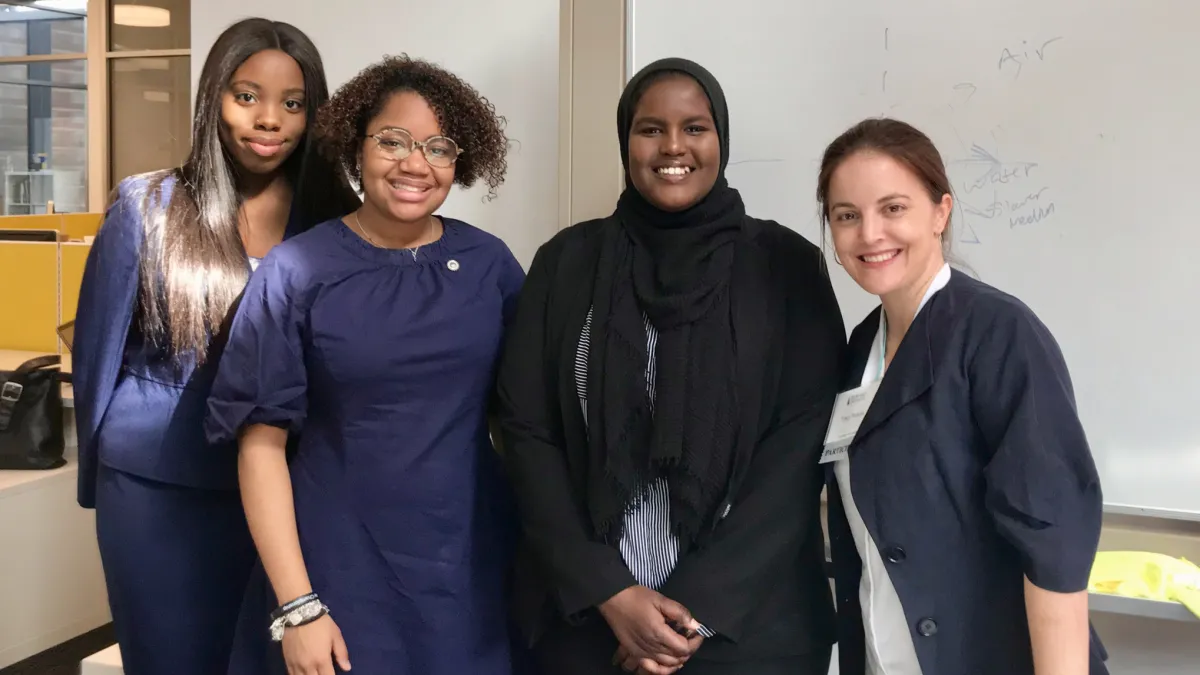
ASU faculty contributing to improvement of Wikipedia
Many academics have a love-hate relationship with Wikipedia. While the website has information about almost anything you can imagine, the credibility of that information is sometimes suspect. Tracy…
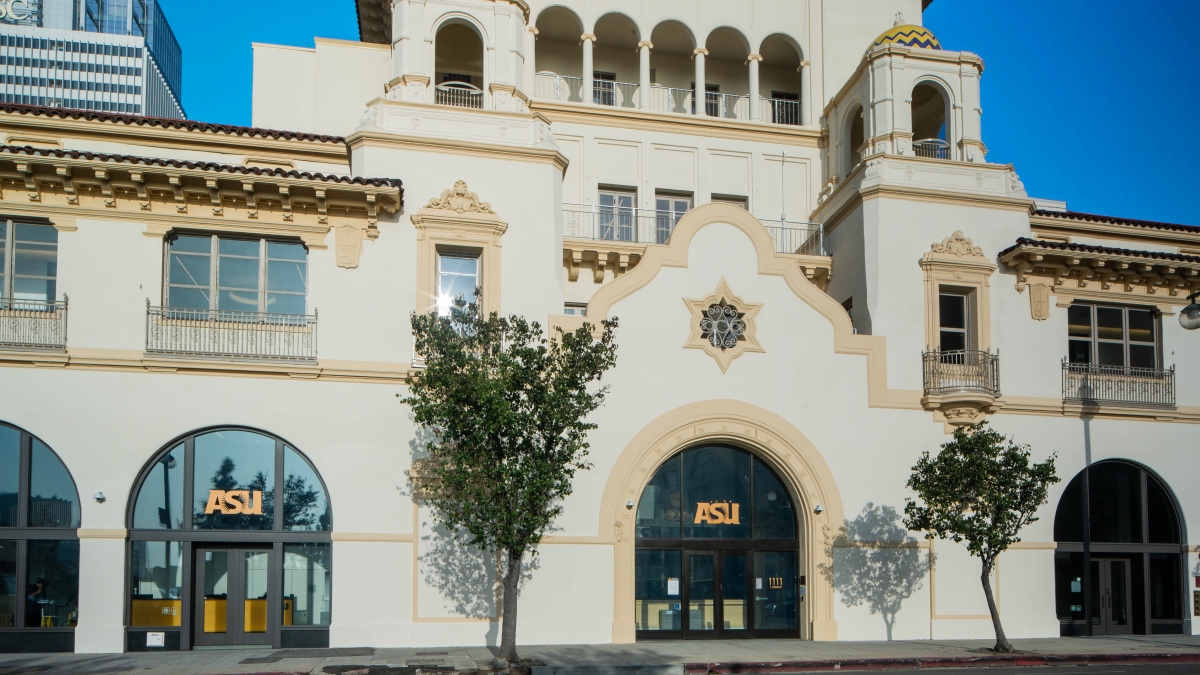
ASU Law students gain vital experience through Los Angeles location
Students at the Sandra Day O’Connor College of Law at Arizona State University may be concentrated in the school’s downtown Phoenix headquarters, but they have more choices than ever when it comes to…
